The world has only achieved 12% of the Sustainable Development Goals (SDG) by 2023. In fact, “stagnation in the face of multiple crises” is how the Global Sustainable Development Goals Report 2023 describes the state of SDG progress. But what are these goals? Why were they developed, and why are we so far behind in completing these SDGs? If any of these questions ever cross your mind, you’ve landed on just the right page.
This article will discuss all the whats and whys you might have about the Sustainable Development Goals. And don’t worry—the words are accompanied by data and metrics, so you will be aware of the actual scenarios. Stay hooked.
What are Sustainable Development Goals (SGD): History and Origin
Formed in 2015 by the United Nations, the SDGs are a to-do list for the world to build a more sustainable future by 2030. As the United Nations describes, “They are a universal call to action to end poverty, protect the planet, and ensure prosperity for all.” There are a total of 17 SDGs, also known as global goals, interconnected with each other and aimed at addressing global challenges.
To get into details, SDGs are not the first goal we have chased to make the world a better place. They’re an extension of the Millennium Development Goals (MDGs) of 2000 which mainly aimed to reduce extreme poverty by 2015. The MDGs were a collection of 8 goals to:
- Eradicate extreme poverty and hunger.
- Achieve Universal Primary Education.
- Promote gender equality and empower women.
- Reduce child mortality.
- Improve maternal HEALTH.
- Combat HIV/AIDS, malaria, and other diseases.
- Ensure environmental sustainability.
- Develop a global partnership for development.
These goals helped take extreme poverty from 47% down to 14% in developing countries from 1990-2015. MDGs also increased the number of school-going children, reduced child mortality by more than 50%, and provided access to improved drinking water to 2.6 billion people. Overall, these goals brought in impressive results, proving to be a success.
Despite the progress, social, environmental, and economic issues persisted, indicating the need for a more detailed, streamlined, and ambitious agenda to overcome challenges and create a world that’s peaceful and prosperous for both people and the planet. So, the 17 SDGs came into existence in 2015 to make sustainability a way of life.
Each of the 17 sustainable Development Goals has multi-dimensional targets. You can read the details here. The overview of these goals is as follows:
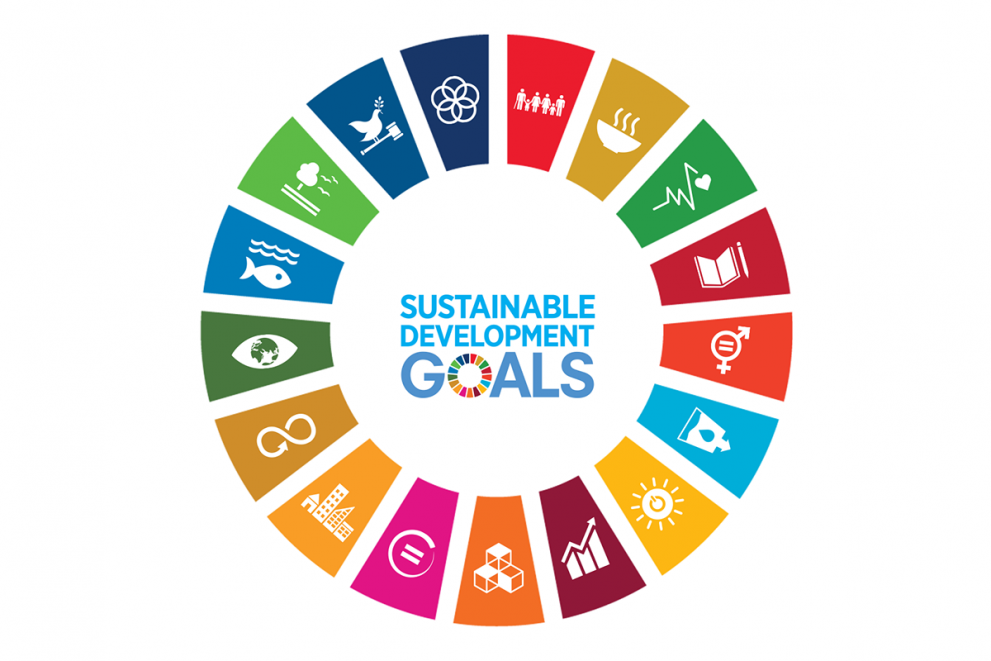
- No Poverty: Reduce poverty for men, women, and children of all ages by 50% by 2030.
- Zero Hunger: By 2030, end every form of poverty, double the agriculture production of small-scale food producers and ensure sustainable food production systems.
- Good Health and Well-being: By 2030, minimize the mortality ratio of newborns and mothers, end epidemics such as AIDS and malaria, reduce diseases and deaths, strengthen prevention and treatments, etc.
- Quality Education: By 2030, ensure easy, equal, and affordable access to education, skill development, literacy, etc.
- Gender Equality: Eliminate discrimination, violence, and harmful practices such as child and forced marriage against women and ensure equality in the workforce, politics, economics, and public life.
- Clean Water and Sanitation: By 2030, ensure everyone has clean drinking water access, end open defecation, improve water quality, etc.
- Affordable and Clean Energy: Expand renewable energy usage and energy efficiency, provide access to affordable and reliable energy to all, etc.
- Decent Work and Economic Growth: Ensure per capita economic growth, job creation, increased economic productivity, resource efficiency, employment, etc.
- Industry, Innovation, and Infrastructure: Promote sustainable and inclusive infrastructure, industrialization, scientific research, green technologies, etc.
- Reduced Inequality: By 2030, ensure income growth of the bottom 40% of the population, eliminate discrimination based on age, sex, disability, race, ethnicity, etc., and ensure equal opportunities.
- Sustainable Cities and Communities: Promote global access to affordable and adequate housing, upgrade slums, sustainable transport systems, urbanization, etc.
- Responsible Consumption and Production: By 2030, ensure that natural resources are used and managed efficiently, reduce per capita global food waste and loss, reduce waste generation, promote reusing, recycling, and a circular economy, etc.
- Climate Action: Ensure adaptability to hazards and natural disasters related to climate change, include climate mitigation measures to national policies, improve awareness and education regarding climate change, etc.
- Life Below Water: By 2025, reduce and prevent marine pollution, manage coastal ecosystems, reduce the impacts of ocean acidification, end overfishing, etc.
- Life on Land: By 2020, conserve, restore, and promote sustainable use of terrestrial and inland freshwater ecosystems, sustainable management of forests, prevent deforestation, conserve mountain ecosystem by 2030, etc.
- Peace, Justice, and Strong Institutions: Eradicate abuse, trafficking, violence, and related death rates, reduce illicit financial and arms flows by 2030, etc.
- Partnerships for the Goals: Strengthen support and resource mobilization for developing countries, promote regional and international cooperation for technology and innovation, capacity building, policies for sustainable development, etc.
Why are SDGs Important?
Now that you know what a sustainable development goal is and what its targets are, let’s explore why the SDGs are so important. We already know that the SDGs aim to bring peace and prosperity to all while also taking care of the environment and the planet. But let’s look at a few numbers to mark their importance.
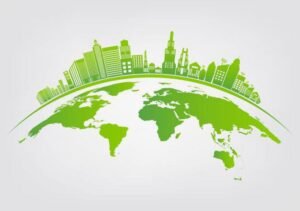
- Nearly 10% of the world’s population still lives on less than $1.90 a day, and over 820 million people worldwide are undernourished.
- More than 5 Mn children below 5 years of age succumb to death every year, mostly from preventable causes, and 57 Mn children are out of school.
- Women represent just 39% of the global workforce but perform 76% of unpaid work.
- 828 million people, a rising trend, live in slums, while 2.2 billion people lack safely managed drinking water services and 789 million lack electricity.
- The world is producing 1.3 billion tonnes of food waste every year.
- Earth’s temperature has increased by about 1°C while sea levels have risen by about 8” and are projected to rise 1-4′.
- 40% of the ocean is polluted while 10 million hectares of forests are deforested yearly.
Current State of the SDGs
With only 7 years left to the 2030 agenda, Sustainable Development Goals (SDGs) face significant challenges. The COVID-19 pandemic, conflicts like the Ukraine war, economic downturns, and other crises have reversed progress on several SDGs, pushing millions into extreme poverty. The projections suggest that the number of people suffering from hunger could still be around 600 million by 2030.
Moreover, global financial commitments are falling short. While political declarations at recent summits reaffirm commitments to the SDGs, turning these promises into action remains a significant hurdle.
A quick view of SDG Progress
- Of 135 targets, only 17% are on track to be achieved by 2030.
- 18% of the targets have fallen into stagnation, while 17% have regressed below the 2015 baseline.
- The global progress in eradicating extreme poverty has been reversed by 3 years due to the Covid-19 pandemic.
- Clean drinking water access has gone up from 69% in 2015 to 73% in 2022.
- Global conflicts and crises have caused a projected 660 million people to lack electricity by 2030.
- Of 124 countries, over 50% have achieved income growth for the bottom 40% of the population.
- 63 countries have reported 116 policies for responsible consumption and production.
- Climate finance has increased at a compound rate of 5%.
The Final Words:
The Sustainable Development Goals are an ambitious blueprint for a better world. But they’re challenging to achieve. While we have made progress, challenges remain constant. Achieving these goals requires collective effort from governments, businesses, and individuals like us. By understanding and supporting the SDGs, we can become a part of building a more sustainable, prosperous and greener future for all.
So, what’s the takeaway? Let’s stay informed, spread the word, and take action in our daily lives. After all, sustainability starts with us!
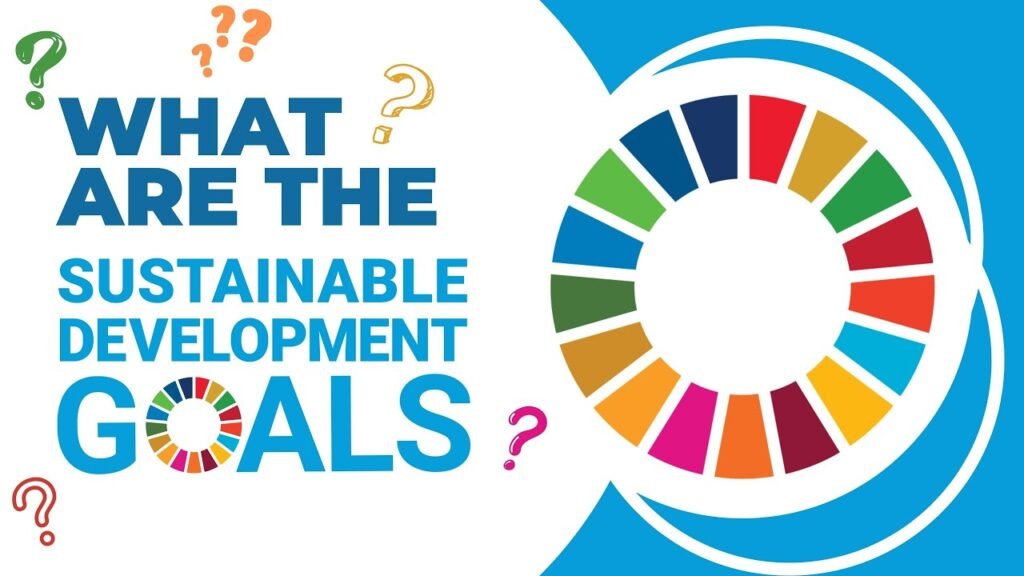
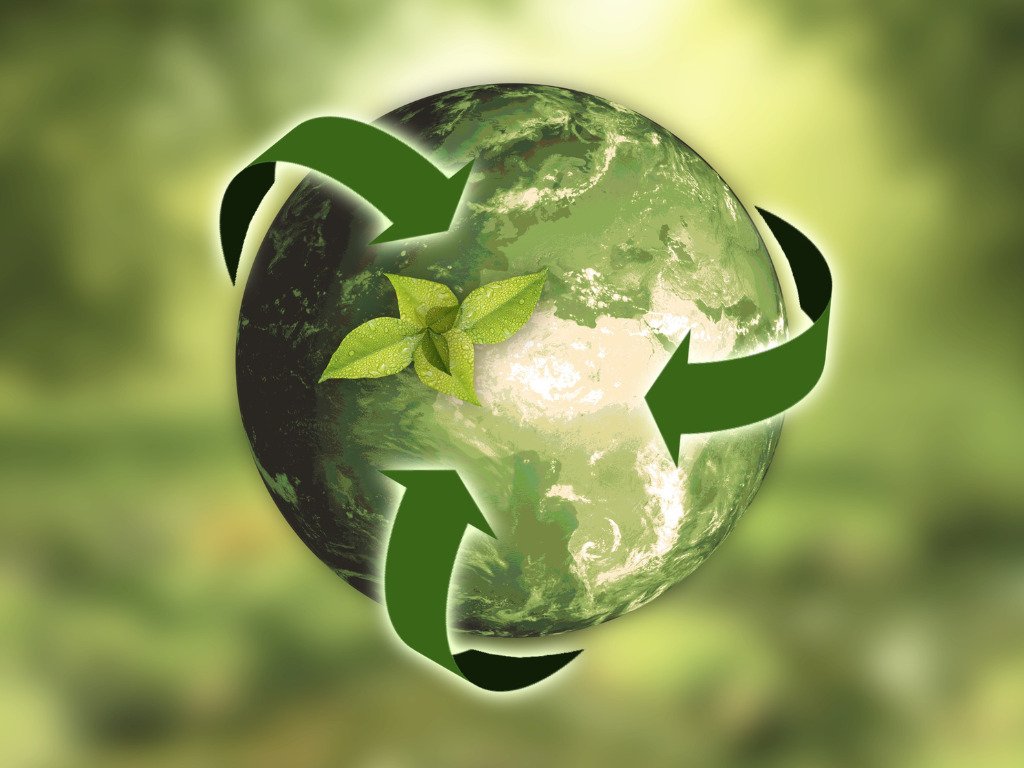
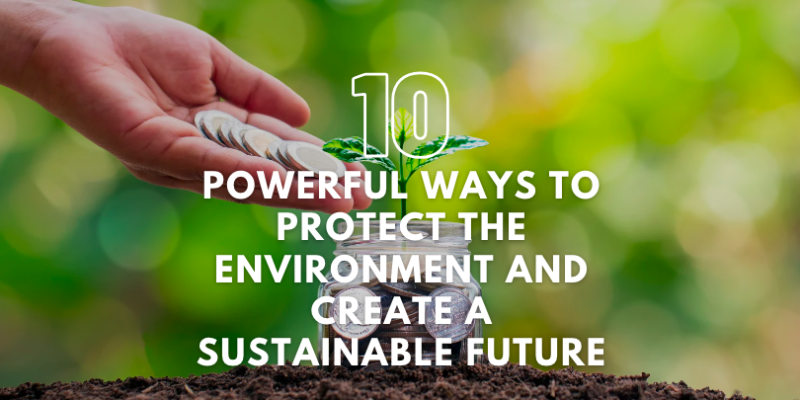
Pingback: The Gender Equality Journey: How far along are we?
Pingback: 10 food waste management technologies in India and overseas